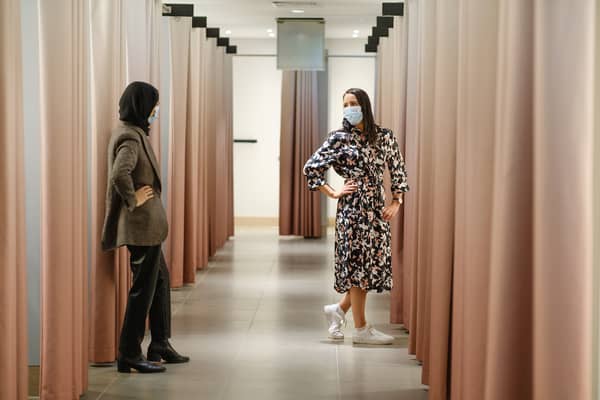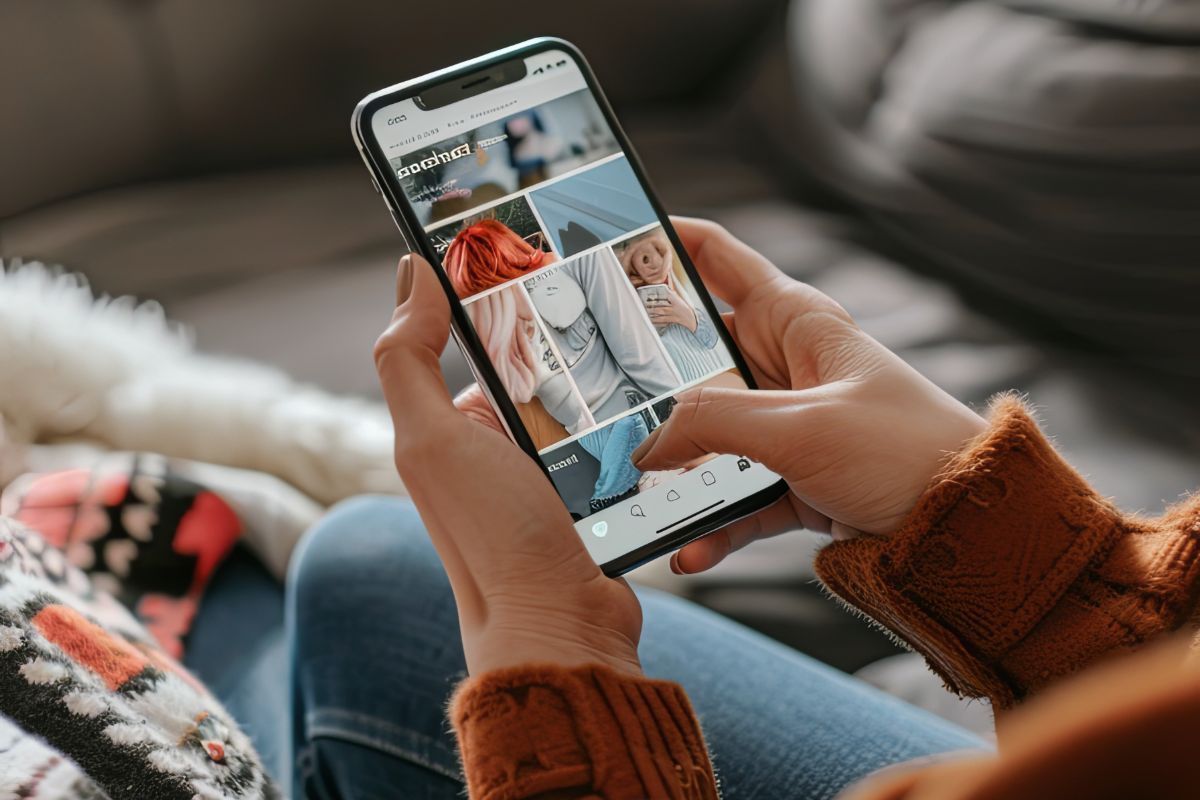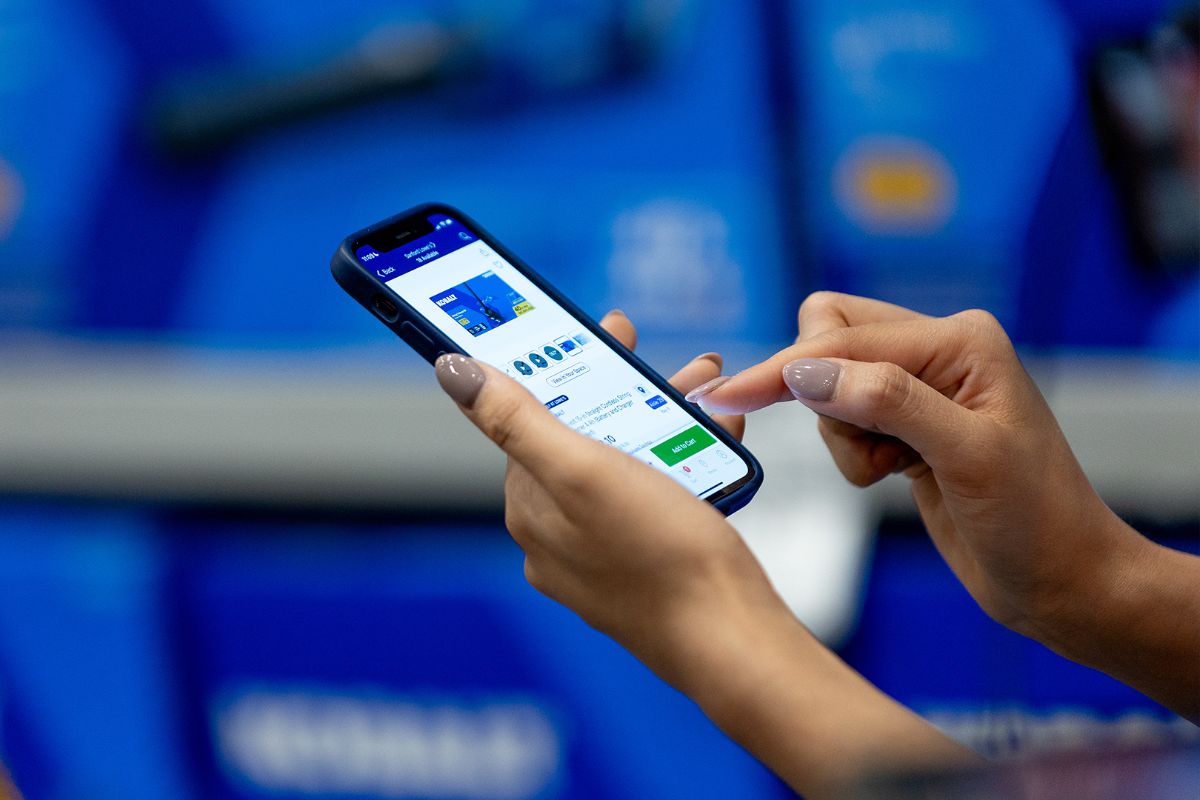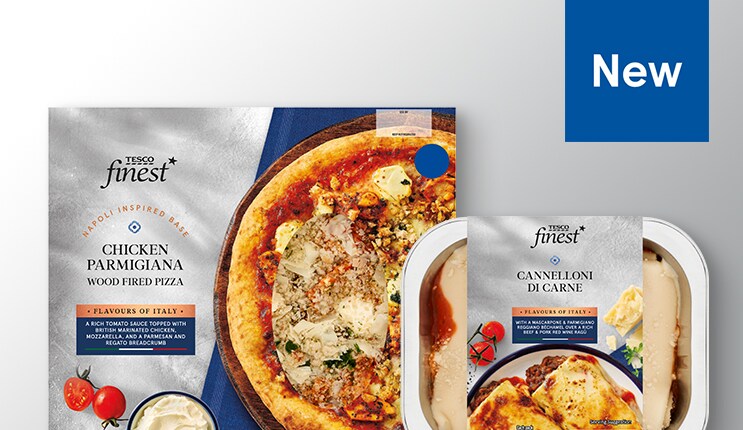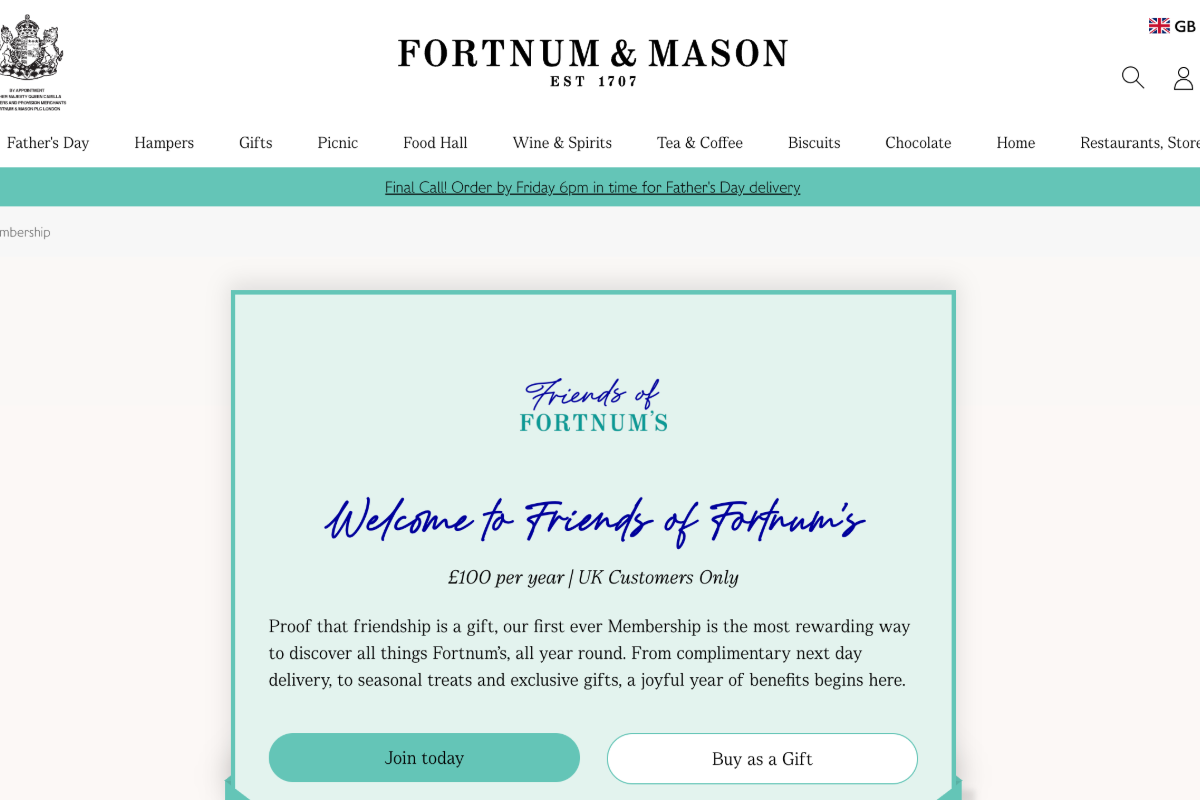John Lewis customers moved online, towards mobile and used more multichannel services during the Covid-19 pandemic, the retailer says in its latest annual report on how its shoppers buy. Both its website and its stores changed as a result – with a move towards services.
Well over half of John Lewis sales now take place online, according to the department store’s How We Shop, Live and Look 2021 report, which says ecommerce sales are now settling at between 60% and 70% – up from around 40% before the pandemic – and online sales have grown by 73% over the last year. App sales have risen to 25% of sales, from 15% pre-pandemic, while more than half of customers combine the use of stores and digital in a multichannel shopping journey, thanks to an expanding number of collection points – now standing at more than 1,000.
John Lewis says that both its website and its stores have changed as a result. “Our website has become richer, more colourful and more inclusive over the last year,” says John Lewis executive director Pippa Wicks. “Our stores have changed too. They are now true destinations, vibrant hubs where customers can shop, browse, eat or discover the range of services we offer.”
Before the pandemic, John Lewis shops generated £6 in every £10 spent online with the retailer. Now the figure has fallen to £3 in every £10, and the retailer has adjusted by closing eight more shops, taking its total store numbers to 34 from 50 before the pandemic, and putting John Lewis shopping areas into branches of Waitrose. The John Lewis report says it will “continue to adapt as shoppers behaviour changes”.
Its services, says Wicks, reflect the changing nature of ownership. “The definition of ownership has changed,” she says. “You don’t need to buy something to possess it. Renting can be better for the environment too. So we’ve launched a furniture rental service with Fat Llama and have announced we’ll build new rental homes too.” More than 500 products are now available for rent – used to furnish both rented accommodation and newly bought homes – while the retailer expects to build 10,000 rental homes in the next decade. It is planning for 40% of profits to come from outside traditional retail by 2030. Other services include personal stylists and home designers.
Over the last year, John Lewis’ social media following has grown, and its Instagram account now has almost a million followers – 200,000 more than a year earlier. The top four products that led shoppers to click through to John Lewis from social media were all fashion related, and included both loungewear and dresses. The retailer has also seen fast growth in sales of products including tents (+650%), air fryers (+400%), trampolines (+270%) and hot tubs (+200%).
John Lewis is a Leading retailer in RXUK Top500 research.
